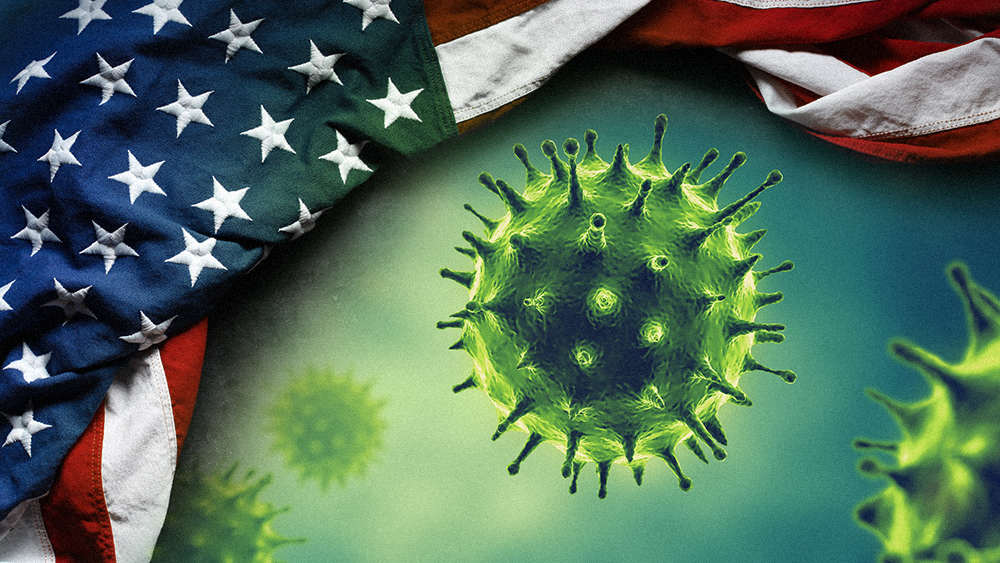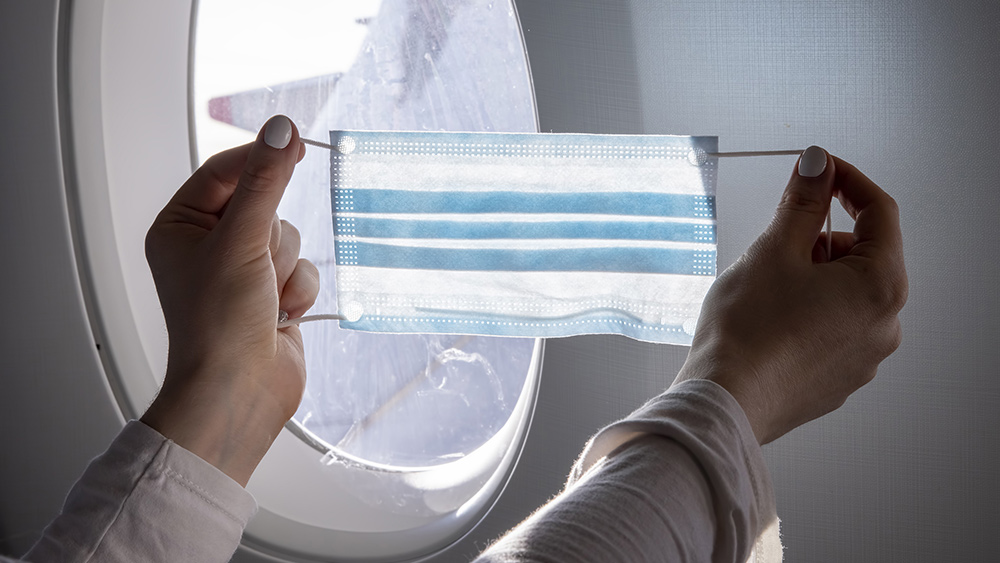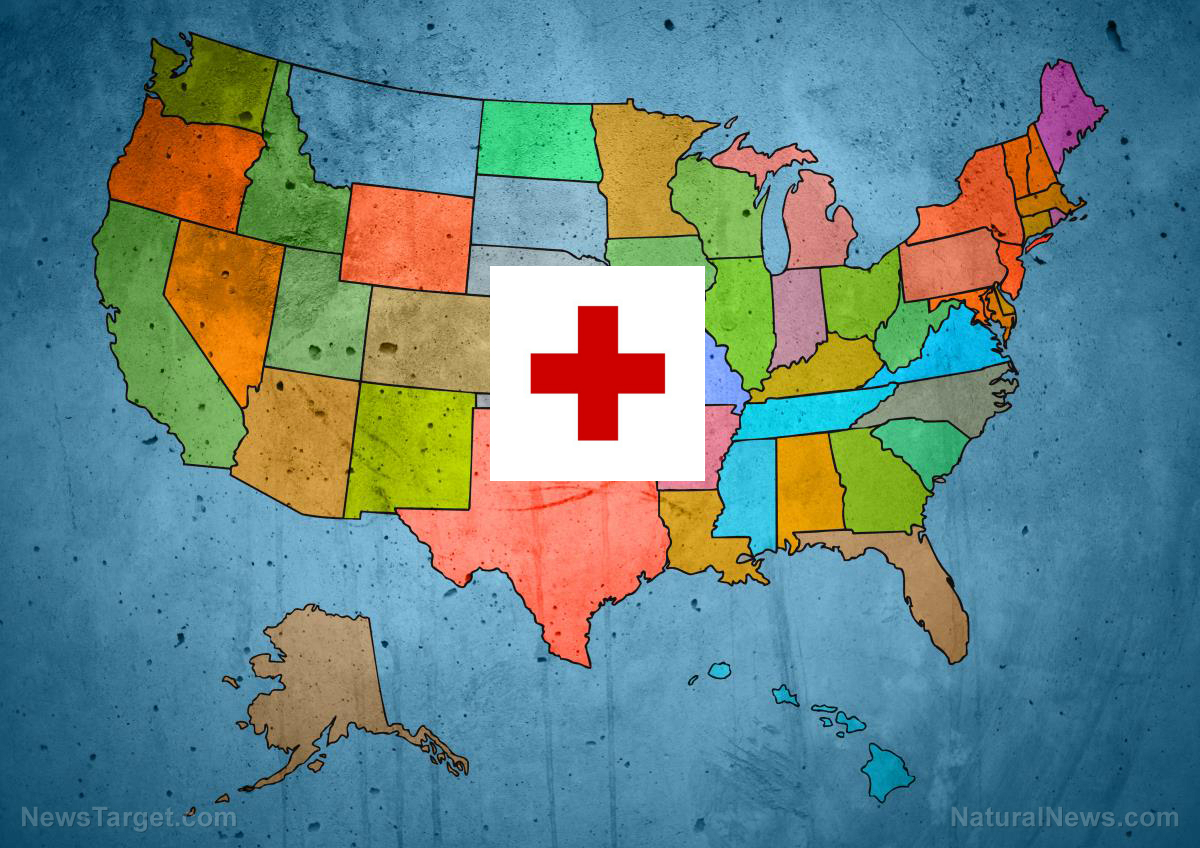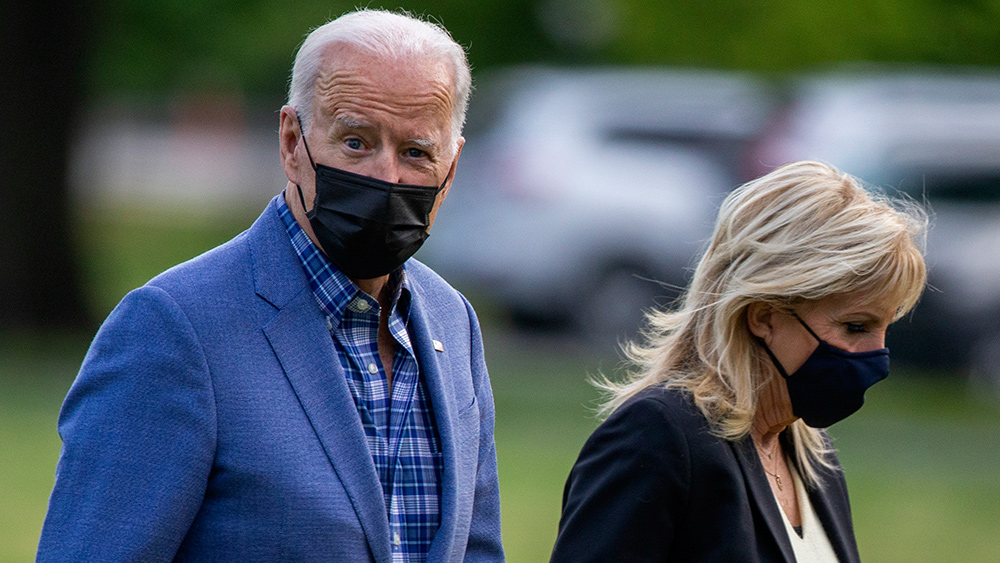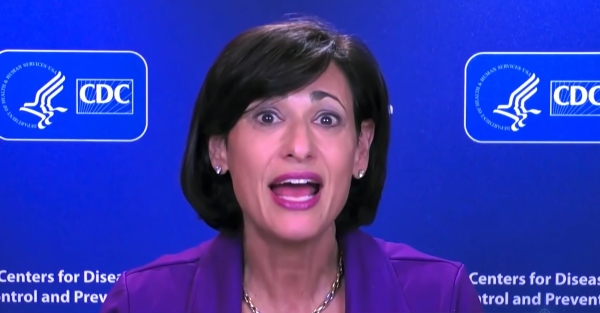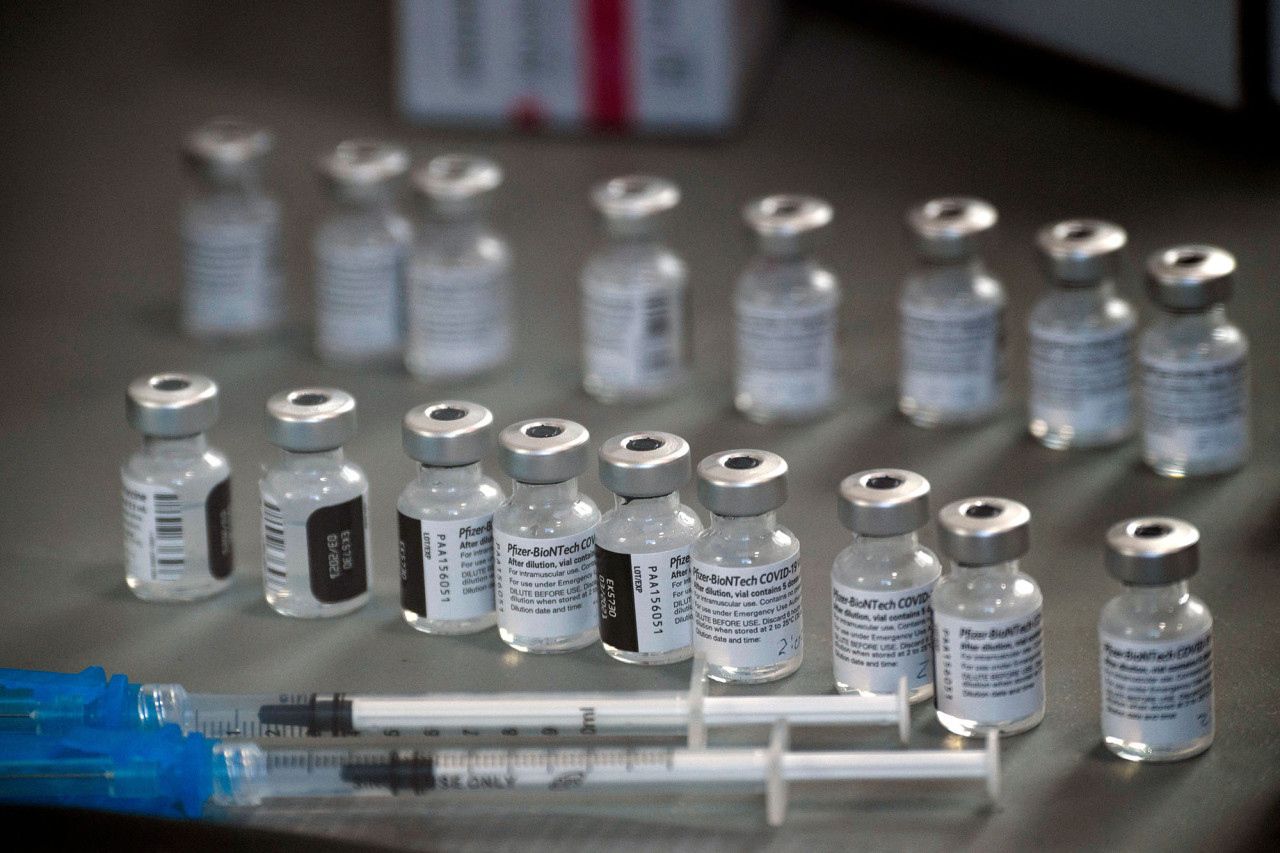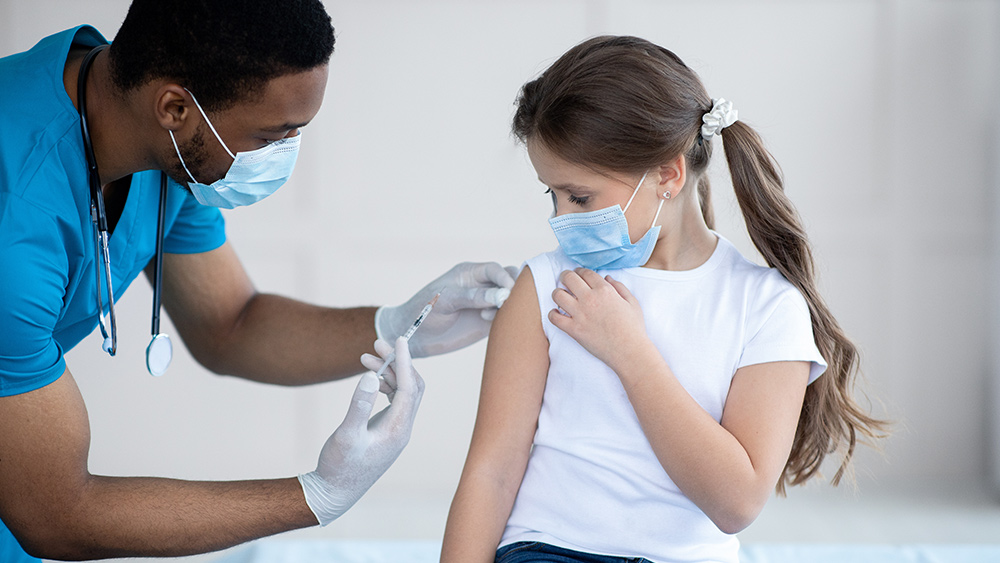MENTAL TORTURE: Nearly half of high school students in America felt “persistently sad or hopeless” during COVID-19 pandemic
04/06/2022 / By Arsenio Toledo
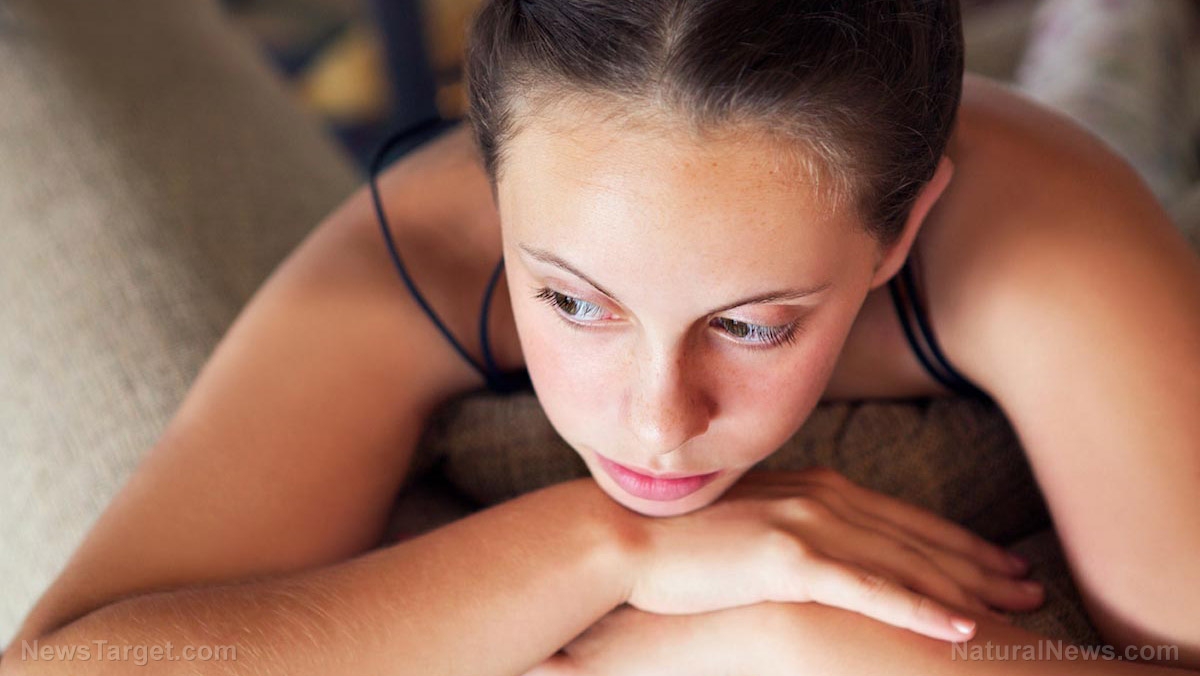
Around 44 percent of high school students in the United States felt “persistently sad or hopeless” in 2021, according to a field survey conducted by the Centers for Disease Control and Prevention (CDC).
The CDC survey was conducted between January and June last year. It surveyed nearly 8,000 high school students across the country and asked them a series of questions regarding the state of their mental health. The survey was funded through the CARES Act and the CDC described it as the first “nationally representative survey of public and private high school students.”
According to the survey, 44 percent of high schoolers felt “persistently sad or hopeless” during the Wuhan coronavirus (COVID-19) pandemic. Around 37 percent of students also said their mental health was not good most of the time or always last year. (Related: Research concludes teenage mental health being affected by high rates of unemployment.)
The data also indicates that many high school students are suffering from the effects of the COVID-19 lockdowns and other economic restrictions. Twenty-nine percent of respondents said a parent or another adult taking care of them lost their job during the pandemic, even if it was for a short amount of time.
Another 28 percent said they rarely or never found the time to spend with their family or friends due to the lockdowns.
The survey also found that 55 percent of students experienced emotional abuse, including being insulted, put down and sworn at, by a parent or another adult in their home. Around 11 percent even experienced physical abuse.
“Our data makes it clear that young people experience significant disruption and adversity during the pandemic and are experiencing a mental health crisis,” said Kathleen Ethier, director of the CDC’s Division of Adolescent and School health. “This data and others like it show us that young people and their families have been under incredible levels of stress during the pandemic.”
“This data echoes a cry for help,” said CDC Acting Principal Deputy Director Debra Houry. “The COVID-19 pandemic has created traumatic stressors that have the potential to further erode students’ mental wellbeing. Our research shows that surrounding youth with the proper support can reverse these trends and help our youth now and in the future.”
The CDC pointed out that the number of high school students with persistent feelings of sadness or hopelessness has been growing steadily since 2009, when a similar survey found that 26.1 percent of them had these feelings. In a 2019 survey, that number rose to 36.7 percent of high school students with persistent feelings of sadness or hopelessness.
Mental health struggles affect education of high schoolers
All of these mental health struggles are affecting how well high school students in the United States are doing in their studies.
Around 66 percent of students surveyed agreed that doing schoolwork became much more difficult during the COVID-19 pandemic. Less than a quarter of high school students – 23.5 percent – were getting eight or more hours of sleep on an average school night, and 44.9 percent said they had serious difficulty concentrating, remembering or making decisions due to problems posed by their current physical, mental or emotional state.
“We know from other research that youth with poor mental health are more likely to struggle with school and grades, decision making and their physical health,” said Dr. John Mermin, director of the CDC’s National Center for HIV, Viral Hepatitis, STD and TB Prevention.
“Furthermore, mental health problems in youth are often associated with other behavioral risks such as drug use, experiencing violence and higher risk sexual behaviors,” said Mermin. “And these problems can have lasting negative effects well into adulthood.”
The effects of the pandemic can already be seen in the CDC’s survey results. Over 14 percent said they drank more alcohol during the pandemic than before it started, and 12 percent said they used more drugs like marijuana, prescription medication and illegal substances than before the pandemic.
Furthermore, the situation may be worse for high school students of color. The CDC survey, for the first time, asked whether high school students experienced racism. Sixty-four percent – nearly two in three – of Asian students said they experienced racism. Fifty-five percent of Black and multiracial students also reported experiencing racism during the pandemic.
Mental.news has the latest information regarding the mental health of Americans.
Watch this video as psychologist Ellen Townsend discusses how to heal the damage to the mental health of children and teenagers caused by the response to the pandemic.
This video is from the Truth or Consequences channel on Brighteon.com.
More related stories:
UK doctors warn of new MENTAL HEALTH pandemic following COVID lockdowns.
Study finds lockdowns lower children’s IQ and cause mental health issues.
Experts warn impact of coronavirus pandemic on children’s mental health is “increasingly alarming.”
Extended coronavirus lockdowns having severe negative effect on mental health of children – report.
Lockdowns, masks destroying mental health of children and young people.
Sources include:
Submit a correction >>
Tagged Under:
children's health, coronavirus restrictions, covid-19, depression, education, high school, homeschooling, lockdown, mental health, mental health crisis, pandemic, public education, teenager's health
This article may contain statements that reflect the opinion of the author
RECENT NEWS & ARTICLES
COPYRIGHT © 2017 CDC NEWS

